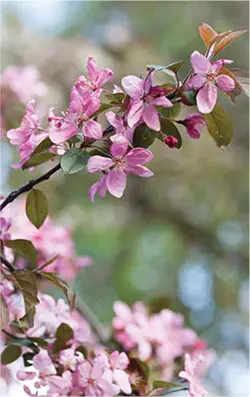
Introduction
Cherry Plum, scientifically known as Prunus cerasifera, is a deciduous shrub belonging to the rose family. It is admired for its beautiful white flowers and bears small, appealing red or yellow fruit. The plant holds significant culinary and medicinal value and is also a favorite as an ornamental shrub. It gained prominence as one of Bach’s original flower remedies, recognized for its therapeutic properties.
Historical Background and Lore
While detailed historical accounts of Cherry Plum are scarce, it is believed to have originated in Asia. The shrub has since spread and is now widely cultivated across Europe and North America. It plays a vital role in Georgian cuisine, featuring in traditional dishes such as tkemali sauce, kharcho soup, and chakapuli stew, highlighting its cultural and culinary importance.
Culinary and Medicinal Use
Cherry Plum is categorized as a treatment for fear-related issues. It is specifically used to address fears of mental strain, losing control, or engaging in unwanted actions. This flower essence is believed to aid individuals in accessing their inner strength and wisdom, thereby helping them to overcome fears that can lead to depression, damage personal relationships, and hinder professional success. By tapping into these inner resources, individuals can break free from the cycle of fear and regain control over their lives. Additionally, its inclusion in various Georgian culinary specialties showcases its versatility and culinary appeal.
